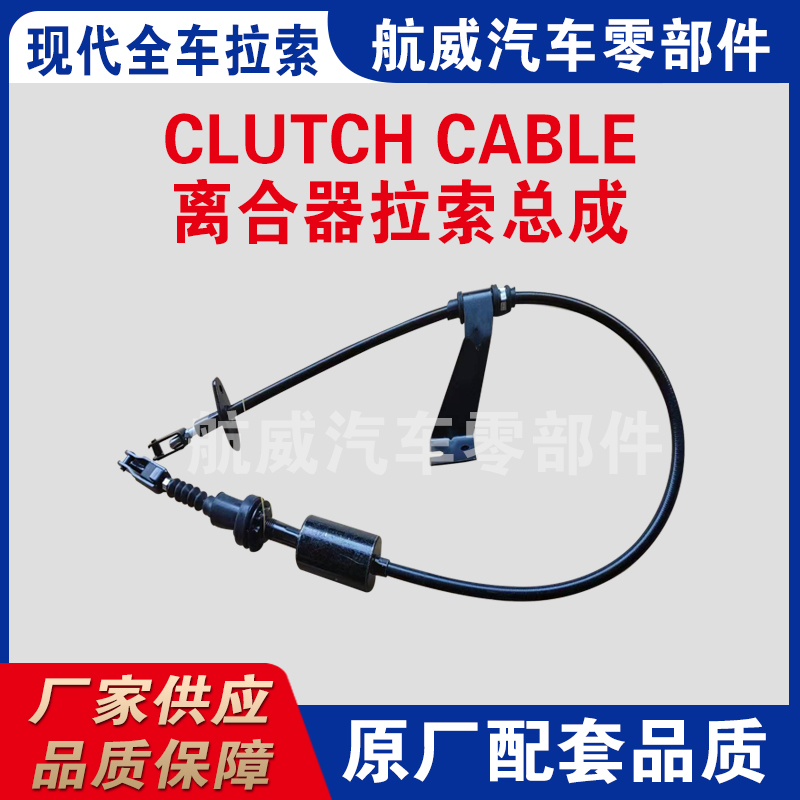line shaft clutch
Understanding Line Shaft Clutches A Key Component in Power Transmission Systems
Line shaft clutches play a crucial role in various industrial applications, particularly in the realm of power transmission and machinery operation. These mechanical devices are designed to connect or disconnect a power source to a driven machine, enabling efficient control over the operational aspects of the equipment.
At its core, a line shaft clutch functions by engaging or disengaging two rotating components. Typically, it consists of two main parts the driving component, which is connected to a power source, and the driven component, which operates machinery or equipment. The ability to engage and disengage allows for greater flexibility and control in machinery operation, making line shaft clutches invaluable in many industries.
One notable application of line shaft clutches is in textile manufacturing
. Historically, factories utilized line shafts to transmit power from a central source to various machines across the facility. The introduction of clutches allowed for the selective activation of machines, reducing the risk of mechanical overload and enhancing operational efficiency. By engaging the clutch, operators could control the flow of power, maintaining optimal performance across the production line.line shaft clutch

Modern applications of line shaft clutches extend beyond textile factories. They are commonly found in conveyor systems, printing presses, and assembly lines, where precise control over motion is essential. In these contexts, line shaft clutches enable machines to start or stop quickly, facilitating synchronized operations and preventing potential damage to equipment.
The design of line shaft clutches varies based on the specific application and operational requirements. Some clutches are designed for high-speed operations, while others may be built to handle heavy loads or extreme environmental conditions. The choice of materials, such as steel or composite materials, also influences durability and performance, ensuring that these clutches can withstand the rigors of industrial environments.
Furthermore, advancements in technology have led to the development of automated clutches that can be controlled electronically. This innovation allows for more precise control and integration into modern manufacturing systems, enhancing overall productivity and safety.
In conclusion, line shaft clutches are a vital component in the realm of power transmission, providing the necessary control to operate machinery efficiently. Their ability to engage and disengage from power sources makes them indispensable in various industrial applications, from textiles to manufacturing. As technology continues to evolve, the role of line shaft clutches will undoubtedly expand, paving the way for more innovative, efficient, and automated industrial processes. Understanding their function and application is essential for anyone involved in machinery design or operation.
-
Upgrade Your Vehicle with High-Quality Handbrake CablesNewsNov.01,2024
-
Optimize Your Bike's Performance with Quality CablesNewsNov.01,2024
-
Enhance Your Vehicle's Performance with Quality Clutch ComponentsNewsNov.01,2024
-
Elevate Your Vehicle's Performance with Quality Throttle CablesNewsNov.01,2024
-
Elevate Your Vehicle's Performance with Quality CablesNewsNov.01,2024
-
Affordable Solutions for Your Cable NeedsNewsNov.01,2024
